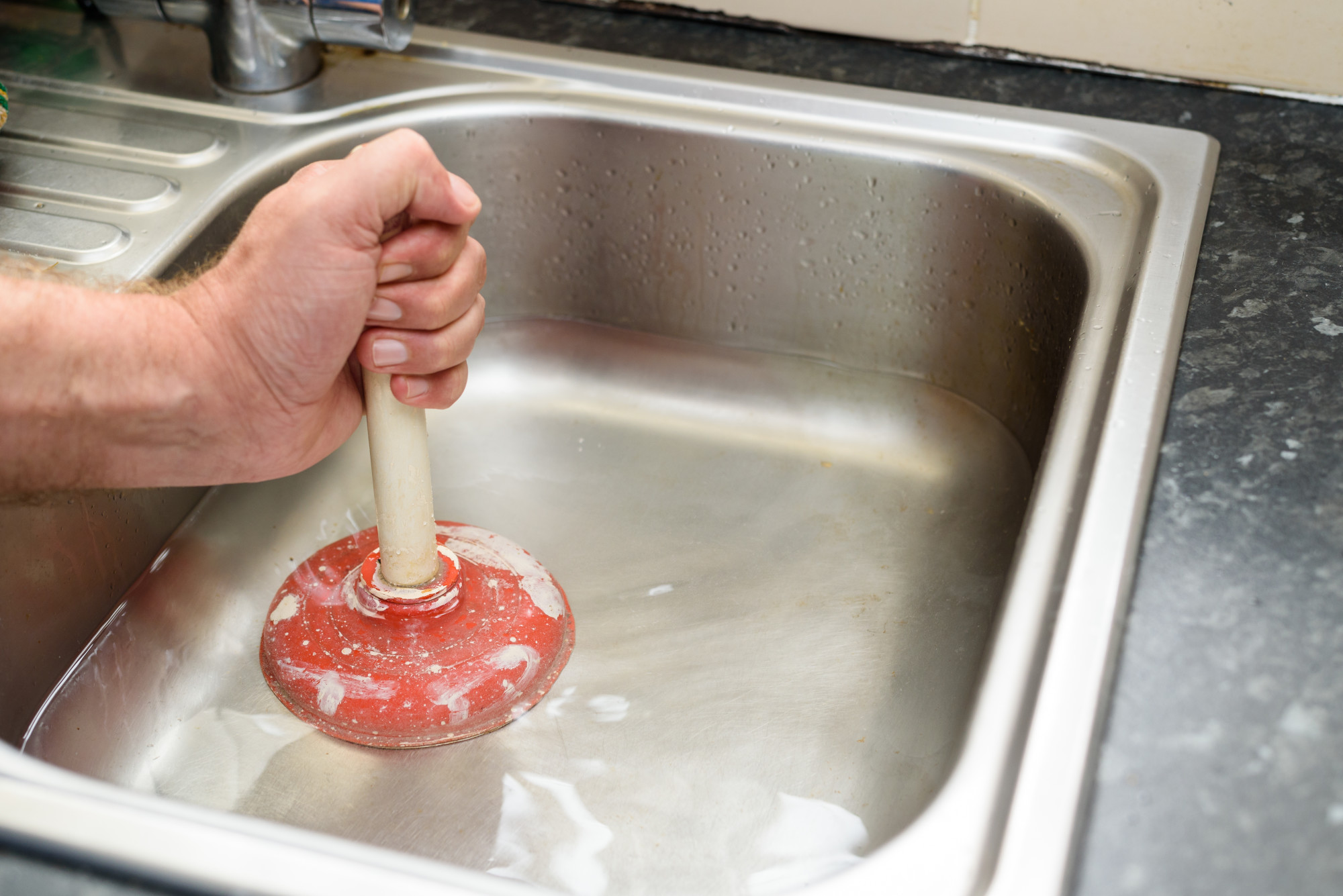The author is making a few great observations related to Tips on How to Effectively Use a Plunger as a whole in this great article just below.

Introduction
Correct maintenance of household drains pipes is necessary for avoiding clogs and making certain smooth water flow. Among the key devices in every homeowner's toolkit is the bettor, along with various drain cleaners designed to deal with persistent clogs efficiently. This short article explores exactly how to use plungers and drain cleaners efficiently to keep your drains streaming easily.
Section 1: Comprehending Bettors
Types of Plungers
There are several sorts of bettors readily available, each made for various types of drains and obstructs. One of the most common kinds include mug bettors, flange plungers, and accordion plungers.
Exactly How Plungers Work
Bettors deal with the principle of developing stress and suction to displace obstructions. When correctly used over a drain, they produce a vacuum that can take out particles or break up blockages.
Choosing the Right Bettor
Choosing the right plunger depends on the kind of drain and the nature of the blockage. Cup bettors are excellent for sinks and bathtubs, while flange plungers are better fit for bathrooms due to their layout.
Common Mistakes with Bettors
Preventing these mistakes makes sure effective plunging: incorrect seal around the drain, not enough pressure, and unclear surrounding debris.
Section 2: Utilizing Plungers Successfully
Preparation
Prior to plunging, make certain the bettor covers the drain totally and develops a tight seal. Clear any noticeable debris around the drain opening.
Method
Start with mild diving motions to construct suction. Increase stress progressively, making use of a constant rhythm. Repeat as needed up until the drain clears.
Repairing Tips
If diving doesn't work, attempt adjusting the seal, using oil jelly for a better seal, or utilizing a various type of plunger.
Area 3: Recognizing Drain Cleaners
Types of Drain Cleansers
Drain pipes cleansers can be chemical or enzymatic. Chemical cleansers make use of strong chemicals to dissolve clogs, while chemical cleaners use all-natural enzymes to break down organic matter.
Just How Drain Cleansers Work
Chemical cleaners react with blockages to liquify them, while enzymatic cleaners break down organic materials like hair and oil without damaging pipes.
Safety and security Factors to consider
Constantly put on handwear covers and eye security when using chemical drainpipe cleaners. Guarantee sufficient air flow and comply with manufacturer directions carefully.
Eco-Friendly Alternatives
Take into consideration using vinegar and baking soda or enzyme-based cleansers for environmentally friendly options that are safer for pipes and the atmosphere.
Section 4: Using Drainpipe Cleaning Company Effectively
Application Strategies
Put chemical cleaners straight into the drain opening. Allow them to work for the suggested time before flushing with hot water. Enzymatic cleaners must sit overnight.
Preventative measures
Stay clear of blending various sorts of cleansers, as this can produce toxic fumes. Never use chemical cleansers in conjunction with a plunger, as spilling can take place.
Dealing With Stubborn Blockages
For consistent blockages, think about using a plumbing serpent or calling a specialist plumbing professional to stop damage to pipes.
Verdict
Finally, comprehending how to make use of bettors and drain cleansers successfully is vital for maintaining healthy and balanced plumbing systems. By choosing the right devices and techniques, home owners can tackle small clogs and protect against major pipes issues down the line.
4 DIY Ways to Unclog Drains
Wire Hanger
This age-old technique has been used by many an amateur plumber – to much success. Take any wire hanger, deconstruct its shape and leave a small hook shape on the end. Time to go fishing! Remove the shower or sink drain cover and snake the wire into the drain, wiggling and rotating it as you push it through. Dispose of the gunk that you remove and flush the drain with hot water. Rinse with a pan of boiling water for best results.
Plunger
Creating a suction in your drain can break up clogs caused by hair and soap residue build up. First, make sure you are using the correct type of plunger, one specifically for sinks or tubs. They are typically smaller than regular toilet plungers and often have a shallow suction cup. Regular plungers can work too but we’d recommend cleaning them first and finding a way to create better suction over the drain.
Baking Soda and Vinegar
This technique is a classic – and one of the most popular DIY drain unclog methods. Pour one cup of baking soda and one cup of vinegar down the drain and allow it to work its magic overnight. The next morning, flush the drain with boiling water. Repeat if necessary.
Drain Snake/Hair Clog Tool
If you know your clog is caused primary by hair, a drain snake/hair clog tool might be your best option. These tools can be purchased for under $10 at any hardware store and work well so long as the clog isn’t too deep in the drain.
https://www.callcatons.com/blog/four-diy-ways-to-unclog-drains/
We were shown that write-up on Tips on How to Effectively Use a Plunger from a pal on another web page. Remember to take the time to share this content if you enjoyed it. I cherish your readership.
Book My Estimate
Comments on “Using Plungers and Drain Cleaner: Top Techniques”